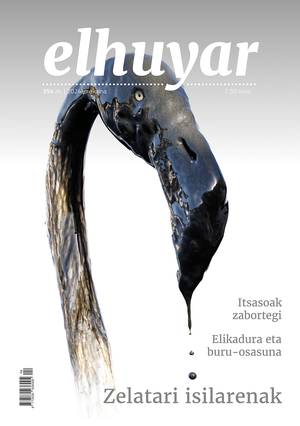Looking for the origin of the rings

It seems that Saturn's rings are younger than the planet itself, that is, they were created later. Some have believed that the rings were due to a shock and the Cassini probe has given them hints of it. In fact, particles between 40 and 120 meters in diameter have been found in Saturn's A ring, the outermost of the two brightest.
The rings appeared when a comet struck a moon of Saturn. This shock caused the dispersion of dust and other large particles that remained around the planet. According to this theory, in the rings there would be objects of about a hundred meters. To date no particles of this size had been observed. But now yes, they have now found clues in favor of this theory.
Blue rings
In addition, they have just found another ring around Uranus. It is the most distant ring of the planet and of intense blue color.
The case is that the last ring of Saturn is also blue. And the similarities do not end there, because in those blue rings everyone has a moon. Saturn has Enceladus in its last blue ring, and Uranus, Mab (small moon discovered in 2003 with Hubble).
It is possible that both rings have the same color for their composition, according to the discoverers. Both are considered to consist of very small dust particles (less than one-tenth of a micron) that reflect blue light.
The moon in the ring is no coincidence either.






